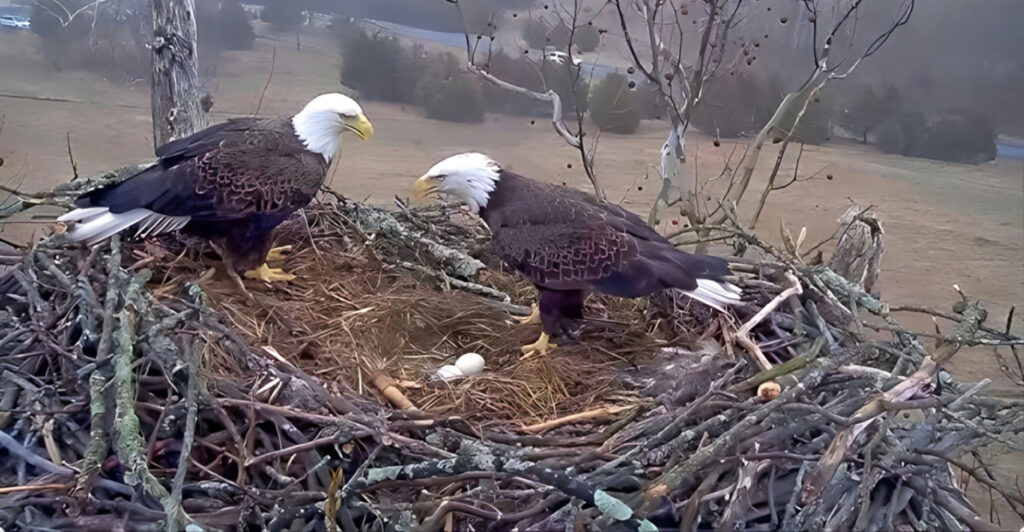
The removal of a bald eagle nest in Auburn, Alabama, has ignited controversy among residents and prompted a federal review. The nest, located on the site of a planned subdivision, was taken down over the weekend, leading to disappointment and concerns about wildlife protection. Federal agencies and city officials are now working to determine if all protocols were properly followed.
Federal Agency Responds to Public Outcry
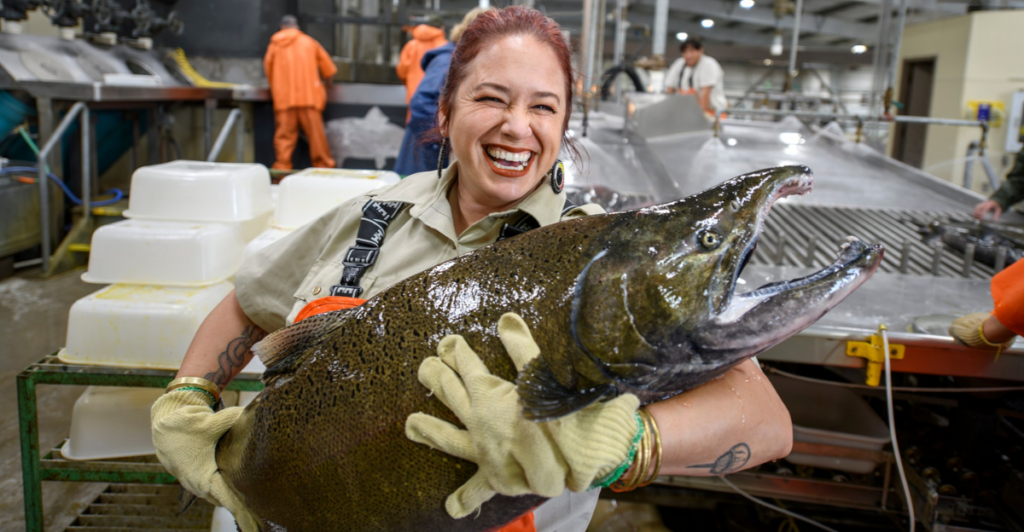
The U.S. Fish and Wildlife Service issued a statement addressing the removal. City officials had requested a review to ensure the developer complied with the conditions of the permit that allowed the nest to be taken down.
Permit Issued for Nest Removal
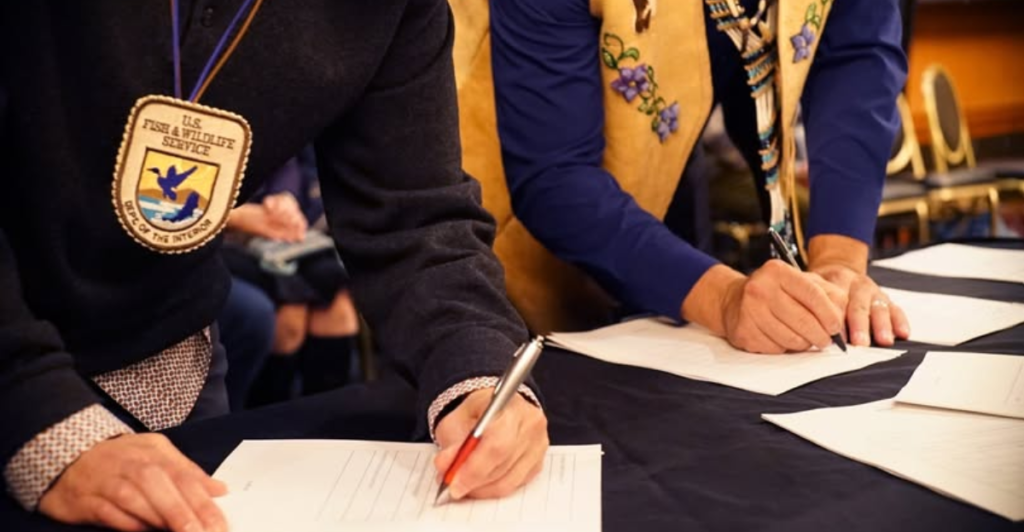
The federal permit granted to the developer, Hughston Homes, allowed for the removal of the bald eagle nest. The agency clarified that nests cannot be disturbed without federal authorization, which was obtained in this case.
Residents React to the Nest’s Removal
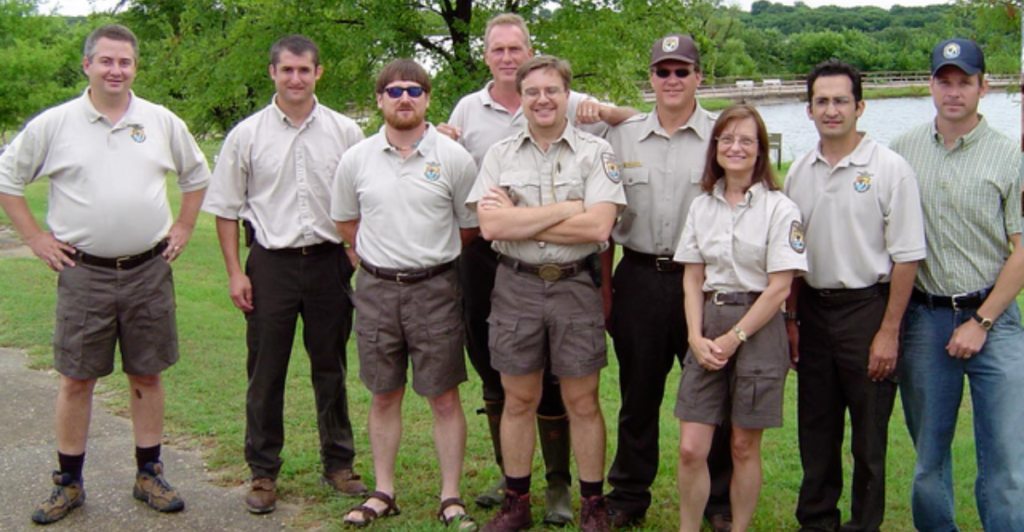
The nest’s removal upset many nearby residents who had grown attached to the pair of bald eagles. Photos of the birds circling where the nest once stood sparked further public concern.
A Deep Emotional Connection

“We understand the deep emotional bond many residents have with these birds and aim to clarify the situation,” Rafael Gonzales, Acting Assistant Regional Director of Migratory Birds, said. His statement sought to address residents’ disappointment.
Bald Eagles: A Conservation Success Story
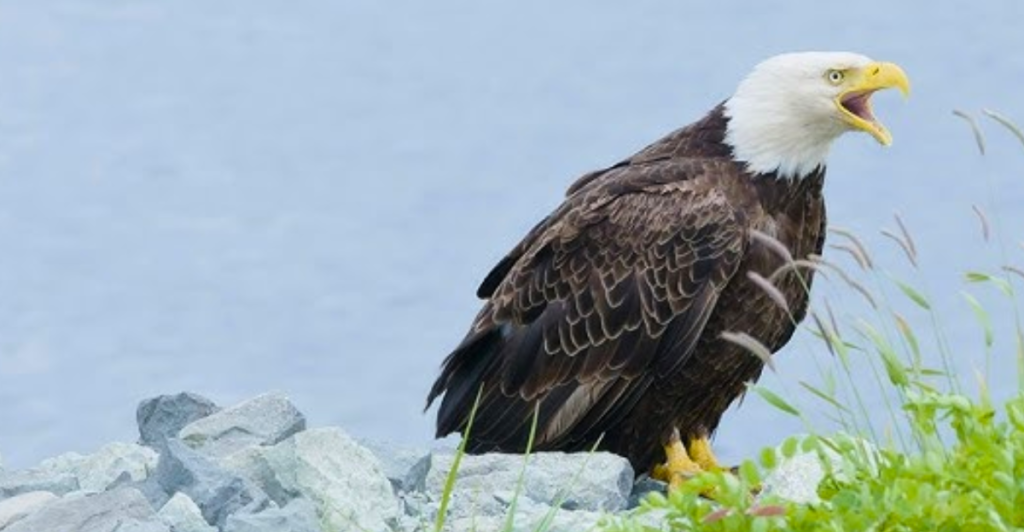
Bald eagles, once on the brink of extinction due to habitat loss, shooting, and the pesticide DDT, have made a strong recovery. The species was removed from the endangered species list in 2007, and populations have continued to grow steadily since.
Current Bald Eagle Population
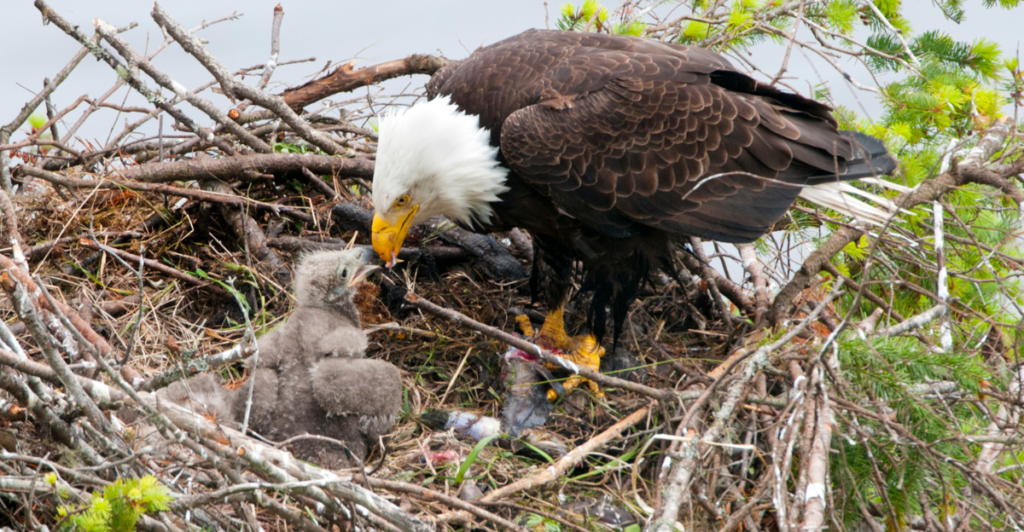
According to recent data, bald eagle numbers have rebounded to over 71,400 nesting pairs and an estimated 316,700 individual birds as of 2021. This success highlights the importance of ongoing conservation efforts.
Developer Claims Compliance
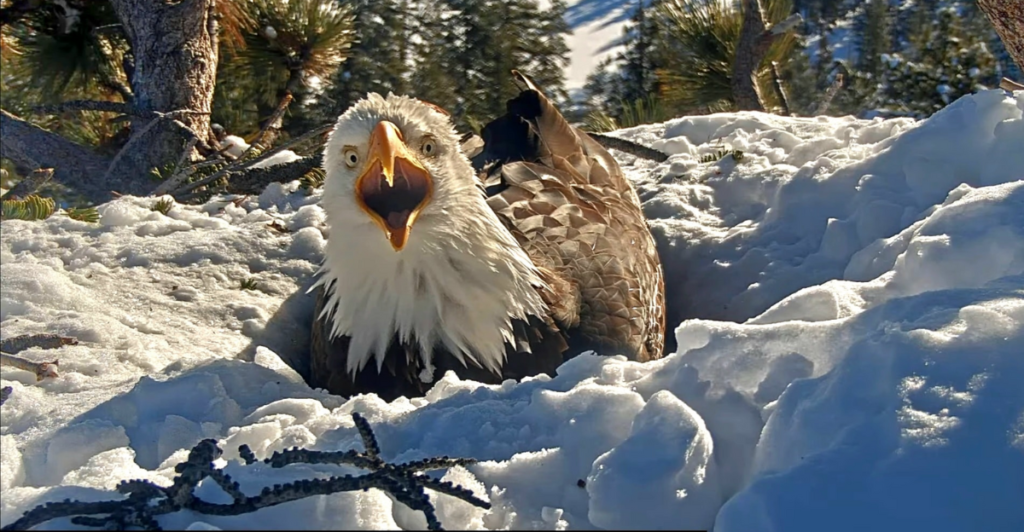
Hughston Homes issued a statement saying it had followed all guidance provided by the Fish and Wildlife Service. The developer noted that the removed nest was likely an “alternate nest” used by the eagles.
Ensuring the Nest Was Empty
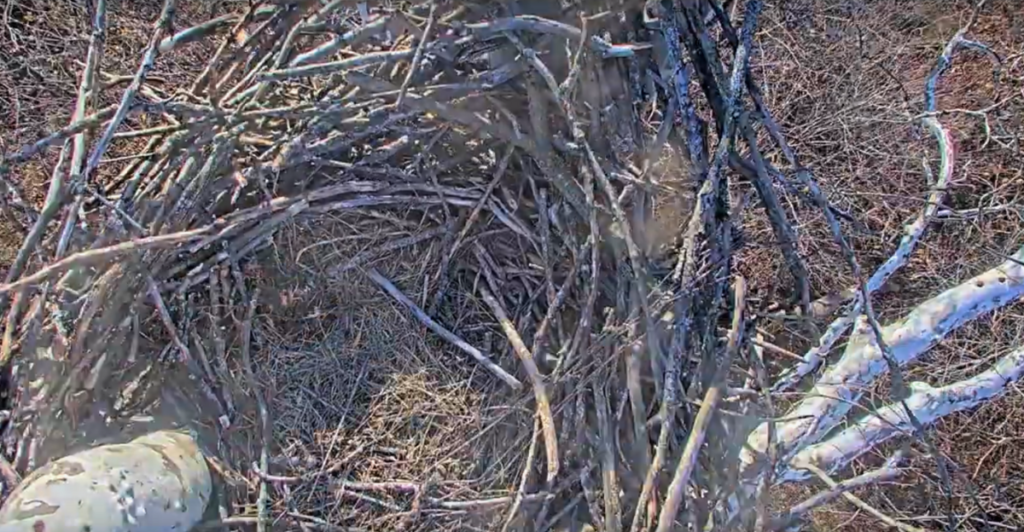
The permit required confirmation that the nest was empty of eggs or young before removal. The Fish and Wildlife Service stated that this condition was satisfied before the tree containing the nest was cut down.
City Council Voices Disappointment
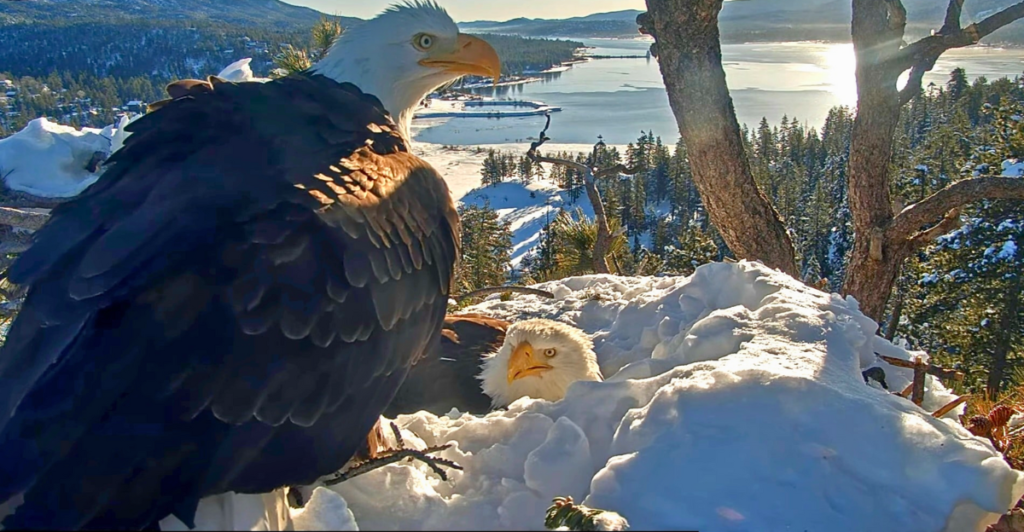
The Auburn City Council expressed disappointment in the nest’s removal. City officials had hoped to meet with the developer to discuss possible alternatives for preserving the nest.
The Role of Bald Eagle Nests
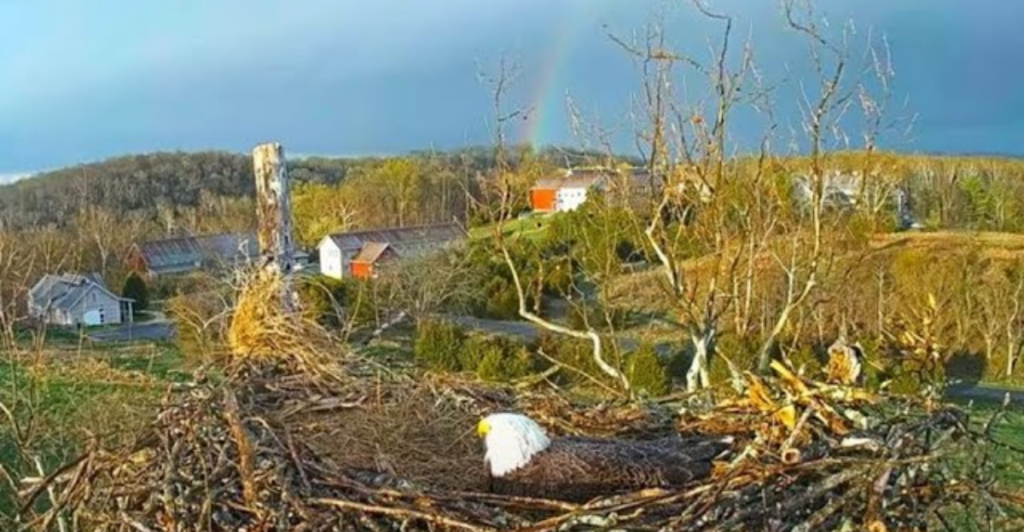
Birding experts explain that bald eagle nests can grow as large as five feet in diameter, sometimes weighing up to two tons. Mating pairs often return to the same nest year after year.
Auburn’s Unique Connection to Eagles
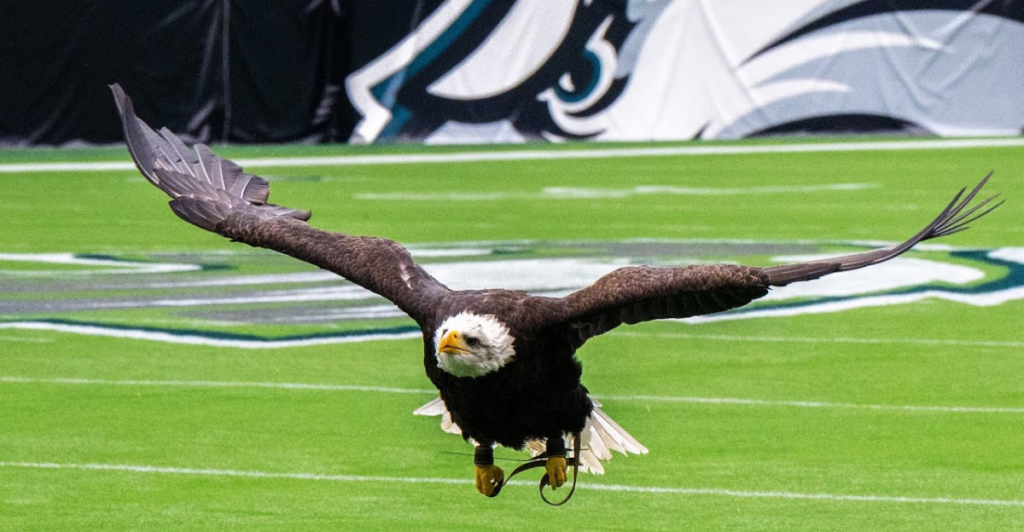
Auburn, home to Auburn University, holds a special connection to eagles. Though the university’s mascot is the tiger, the battle cry “War Eagle” adds symbolism to the presence of these birds in the community.
Balancing Development and Conservation
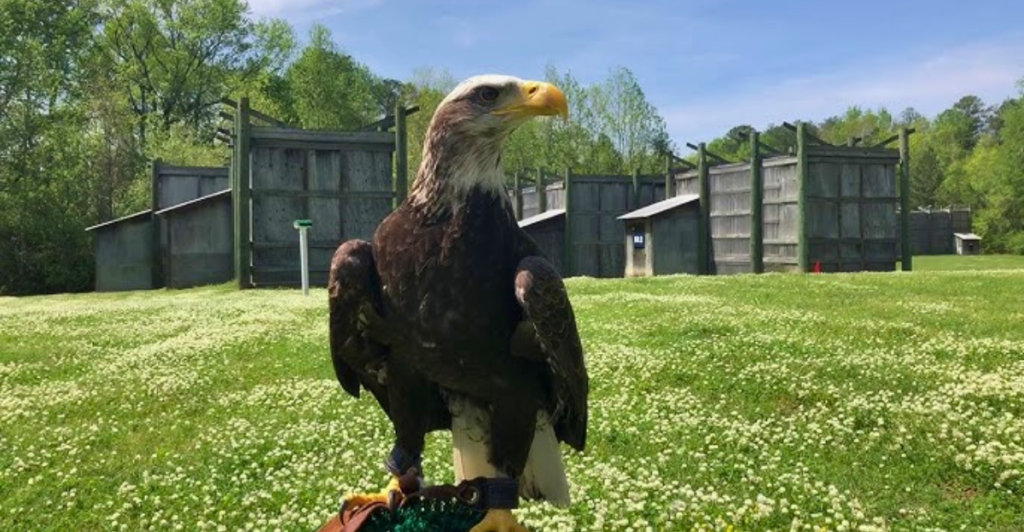
The situation raises broader questions about balancing development with wildlife protection. While the bald eagle population has recovered, preserving their habitats remains a critical part of ensuring their future success. The outcome of this review will determine whether all proper steps were taken and may influence future conservation efforts.
Stay connected with us for more stories like this! Follow us to get the latest updates or hit the Follow button at the top of this article, and let us know what you think by leaving your feedback below. We’d love to hear from you!







